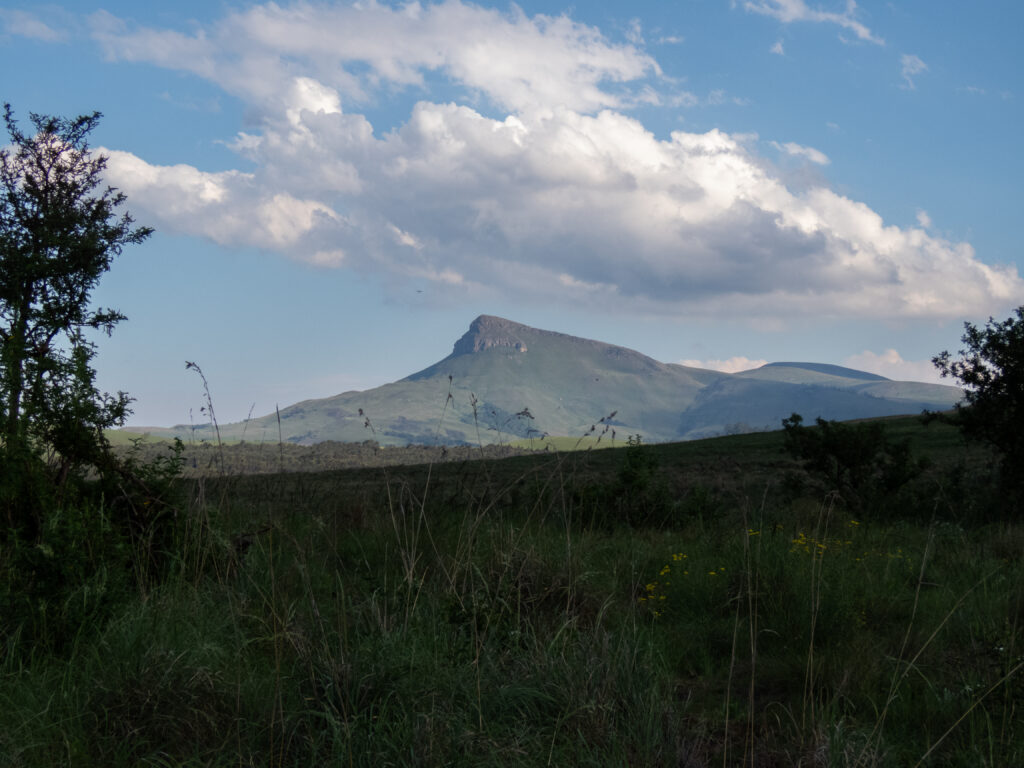If, in 1936, you had consulted the newly published guide to the “Inland Waters of Natal”, with a view to fishing the uMngeni (then spelt Umgeni), you would have been pointed to Mr WJ Mc Donald. This would have been through a listing of the various country hotels from which one might venture out to fish for Trout, which had been in some of these waters for close to 50 years. The guide shows that McDonald could have put you onto five miles of the Inzinga River, but elsewhere he is listed as the contact for 2 miles of Brown Trout fishing un the “Umgeni” at Stoneycroft.


If you go driving the Dargle district now, looking for the farm Stoneycroft, you will be disappointed.
Old Topo maps show a farm named “Stoneycroft”, which is now, and has for a long time, been called “Wakecroft”. The title deeds of Wakecroft indicate that the farm is a subdivision of Wakefield Farm , the upstream farm that still bears this name, given it no doubt by its first owner under the British Crown in 1851, Mr Frederick Edgar Shaw, who hailed from the Yorkshire town of the same name.

If you had fished there in 1936, we can imagine that you would find a clear flowing stream, passing through sweeping grasslands, broken only by patches of forest on the south facing slopes, and ribbons of forest pioneer species tracing the tributaries as they fell from the escarpment in the south west.
It is not clear where the boundaries of the two-mile stretch might be. If your permit allowed you upstream, you would no doubt have been on the property belonging to Helli Lasch, possibly on to the next piece belonging to my grandfather, DS Fowler. Otherwise you would have gone down a little onto the farm Furth, where the Morphew family settled about the same time that Shaw did.
You probably would have fished downstream then, as was the custom, so the escarpment known as the “Heatherdon ridge” would have been on your right shoulder. You would have regularly had views of Inhlosane mountain to the south, but it is not impossible that its original Afrikaans name of “Spitzberg” might have lingered on the lips of locals.

Just off that mountain to the east the Speir family might have still been in residence at Mount Park. You would have caught Browns between half a pound and three pounds.
The absence of literature on this particular flyfishing experience hints at the fact that the stream would not have been heavily fished.
#
If in 2023 (a mere 87 years later), you were to join the Natal Fly Fishers Club and book to fish this beat, you would probably be facing upstream as you fish, as is the custom of the day. The Heatherdon Ridge would be at your left shoulder, and if you occasionally glanced back you would see Inhlosane Mountain (and no one would know that it ever had another name).

The chances are you would be making a day trip, or you might be staying at Beverley Country Cottages or Mount Park, both of which are closer than Impendle (and Impendle would not be on the list of likely alternatives). If you scouted around the valley or spoke to some locals you would come across Morphews, Lasch, Fowler, Shaw and other names that were pinned to the landscape back in ’36 too.

You would get Brown Trout of between half a pound and Three pounds descended from the same Trout now 133 years in residence. I can tell you that you will not encounter other anglers on the water: It is lightly fished.


There is a timelessness to places like Stoneycroft.
2 Responses
V. Interesting, Andrew! Forwarded on to Craig Bryson, whose grandfather was, of course, Jeff Morphew
What an interesting and beautifully illustrated post.